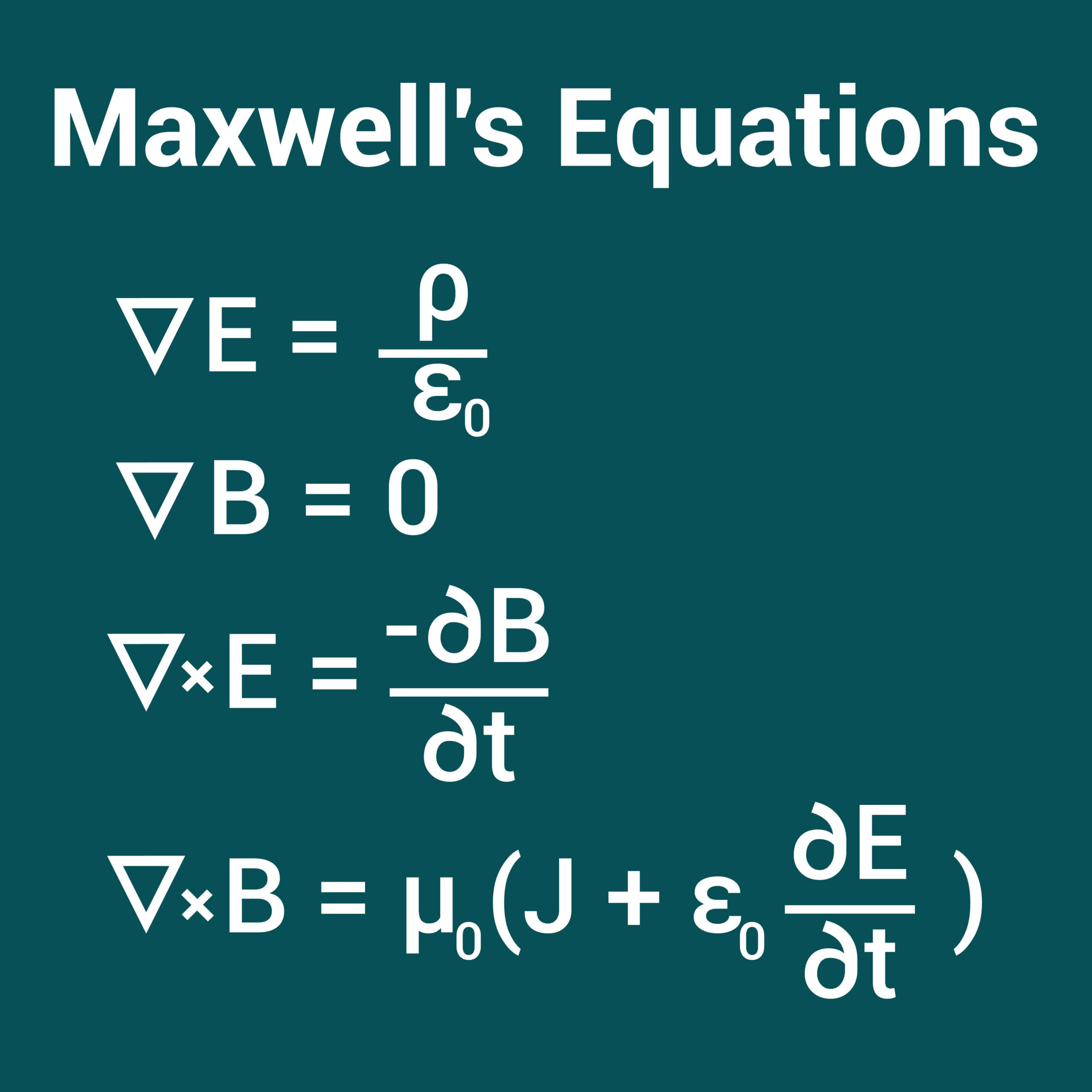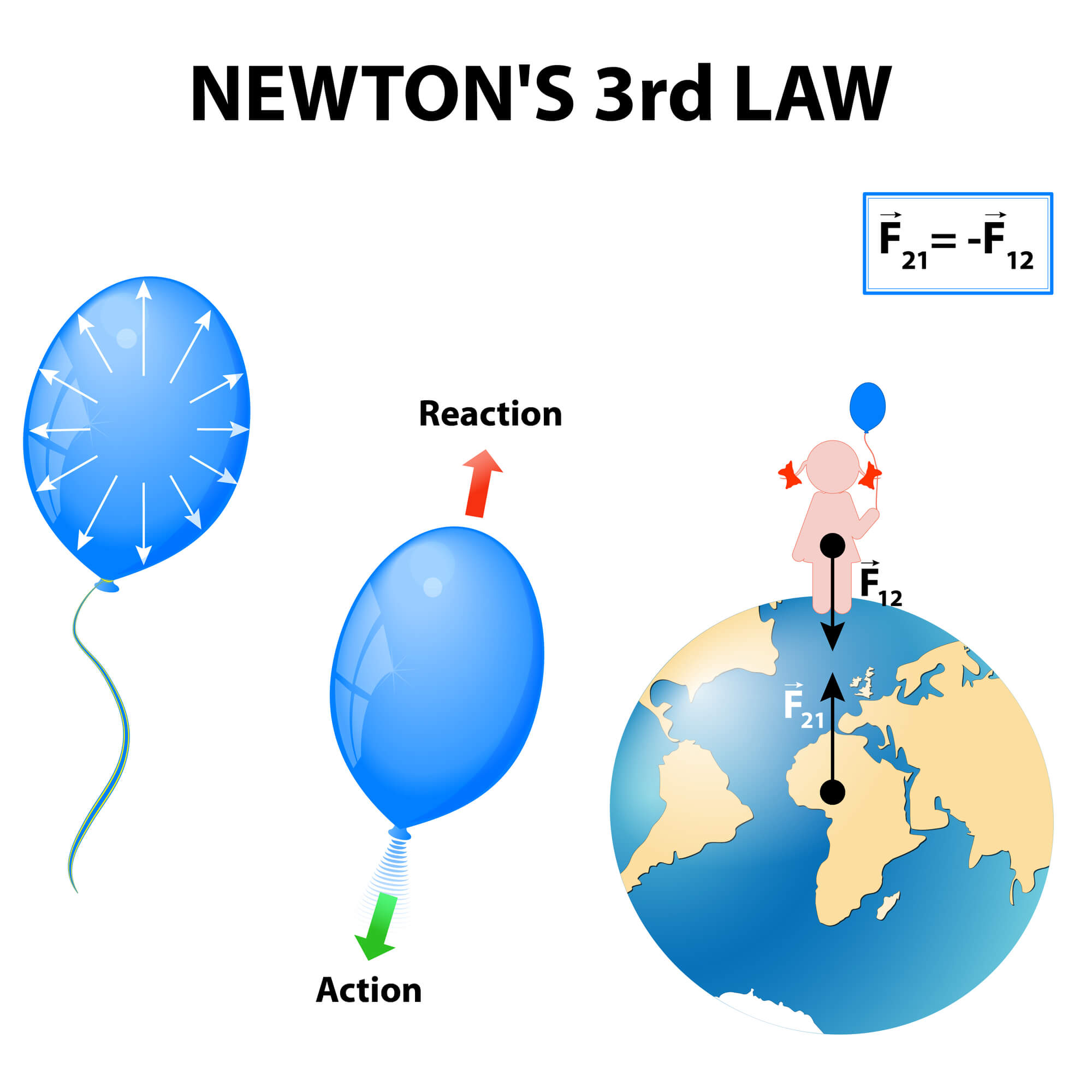In the second part examines which will push the boundaries of theoretical physics * The article was published in Issue 7 of the Cultural Affairs Journal - correct
For the first part of the series

Possible solutions
Despite the above, I would like to offer, with due caution, physical solutions, which align with existing physical knowledge, to the two problems: the "flying car" problem; That is, a motor that allows movement in three axes, aka the relative motor (a concept that will be explained later). and, a solution to the problem of movement at a speed exceeding the speed of light within the framework of general relativity; A solution based on changing the metric (will be explained below) in a given region of space-time.
The Relativity Engine
- Special relativity
Special relativity is a theory of the structure of space-time. The theory was presented in 1905, in Einstein's famous article, "On the Electrodynamics of Bodies in Motion". This theory was the result of empirical observations and the laws of electromagnetism, which were formulated in the mid-nineteenth century by Maxwell, in his famous four differential equations, brought to their present form by Oliver Bayside. One of the key implications of these equations is that an electromagnetic signal travels at the speed of light c. This result led researchers to believe that light is an electromagnetic wave. This insight was later used by Albert Einstein to formulate his theory of relativity which Guess Because the speed of light c in a vacuum is the maximum allowed speed in nature.

According to the theory of relativity there is no object, message, signal (even if not electromagnetic) or field that can move faster than the speed of light in a vacuum. This is where the "lag" phenomenon comes from - if someone, who is at a distance R from me, changes something, I have no way of knowing about it, before the "lag" time passes, the value of which is equal to the distance divided by the speed of light.
To illustrate, if we assume that the sun has disappeared at this moment, how long will it take us to notice it? The answer can be calculated in the following way: the distance between the earth and the sun is: 149.6 million kilometers (see Figure 1), the speed of light in space is: 299,792,458 meters per second. Thus, the lag time in this case is about 8.3 minutes.
- Newton's laws
Newton's laws of motion are three physical laws, which together lay the foundations for classical mechanics. They describe the relationship between a body, the forces acting on it, and its movement in response to those forces. The three laws of motion were first formulated by Isaac Newton in his famous book, "Mathematical Principles of Natural Philosophy", first published in 1687:
First Law: An object remains at rest or continues to move at a constant speed unless a commensurate force is applied to it.
The second law: in an inertial frame of reference (that is, not accelerated), the sum of the forces acting on the object is equal to the mass of that object m multiplied by the acceleration vector. (assuming the mass itself does not change).
The third law: when one body exerts a force on a second body, then the second body, at the same time, exerts a force equal in magnitude and opposite in direction to the first body (see Figure 2).

According to the third law, the total force in a system unaffected by external forces is, therefore, zero. This law has many experimental verifications, and seems to be one of the cornerstones of physics. However, in light of the previous discussion, it is clear that the action and the reaction to it cannot occur simultaneously, because of the finite speed of signal propagation; Hence, the third law is not true in an exact sense, although it may be accurate enough for most practical applications; And this, due to the high speed of signal propagation. Therefore, even the total power in the system cannot reset at any given time.
- propulsion systems
Today's propulsion systems are based on relationships between two parts of a material system. Any momentum gained by one part is equal and inverse to the momentum acquired by the other part. A typical example of this type of system is a rocket which emits gas to propel itself. The momentum of the missile is exactly equal to the momentum of the emitted gas. Most moving systems work on a medium - a car moves forward, and at the same time exerts force on the road and "pushes" it backwards. An airplane also pushes air backwards. An exception is the rocket, which pushed back the rocket fuel, therefore it is possible to move with it even in outer space where there is nothing to push.
It is common to think that in the absence of an external factor, the total forces in the system will be zero, and the system will not change its motion. However, the above relative considerations make it possible to propose a new type of engine. Let's look at a system of current loops (Figure 3):

The force in a current loop is created by the magnetic field present in the loop and the current flowing in the loop. The magnetic field is a result of the current flowing in the loop itself, but also of currents in another loop. Likewise, the original loop also creates a magnetic field in the other loop, therefore a force acts between two loops, a force whose direction is determined by the direction of the current in the loops. In the static (and "almost" static) case, the force exerted by one loop on its partner is equal in magnitude and opposite in direction to the force exerted by the second on the first, in accordance with Newton's third law. This means that the consideration of the forces at the center of mass of the system should be zero. The matter is different, when the currents change in time, because a magnetic field, created by another loop, cannot reach the original loop at a speed exceeding the speed of light, therefore the original loop cannot feel the change immediately. At the same time, in the other loop, the current change causes an immediate power change. Suppose that at time t=0 there is a change in the current in loop 2 - the power in loop 2 changes immediately, but the power in loop 1 will not change in the short times that exist t
(I)

(Ii)

(Iii)

A precise mathematical calculation of the balance of forces, based on the generalization of Biosevert's law to the calculation of magnetic fields for time-dependent fields made by Japamenko[1], leads to the formula[2] which links the force in the center of mass to the changes in the currents.
From the formula it is clear that if the rate of change of the current is not large enough, the total power in the system will be negligible. Therefore, it is necessary to switch current at a very high speed, in order to obtain a significant total power.
It is also possible to replace one of the loops with a permanent magnet[3]. A relativistic motor with a permanent magnet is depicted in Figure 5:

Two sections of the system are depicted in Figure 6:


It can then be shown that there is a force at the center of mass of the systems described above, and therefore these systems are actually a new type of electromagnetic engine, a relativistic engine. That is, it is an engine without moving parts that operates according to the principles of relativity.
- conservation of momentum
In a relativistic engine, the principle of conservation of momentum is apparently hidden. A naive observer would see the material body gaining momentum created out of nothing. On the other hand, a sophisticated observer will understand that the amount of momentum that matter accumulates is balanced by the momentum that the electromagnetic field receives[4]. Neter's theorem (formulated by the great German-Jewish mathematician Emma Neter) dictates that any system with copy symmetry will conserve momentum.
Indeed, the physical system, which includes matter and field, is symmetric under copying, but each subsystem (matter or field separately) is not symmetric under copying. This phenomenon was already described by Feynman[5]. Feynman describes two charges moving perpendicular to each other. His calculations show that Newton's third law is violated, since the forces exerted by one charge on the other are not equal in strength (and opposite in direction). This paradox was resolved by Feynman by showing that the momentum acquired by the system of charges is balanced by the momentum of the field. The apparent contradiction is resolved, therefore, by extending the second law to the generalized law of conservation of momentum. This law states that what is conserved is the momentum of the physical system, which includes both the part of the matter and the part of the field. Thus, the material can move forward, when it "pushes" the electromagnetic field back.
- Conservation of energy
The principle of conservation of energy is not hidden in the relativistic engine, which requires a supply of energy for its operation. However, the engine does not require the supply of material fuel for its operation, and it is possible to use solar energy (photovoltaic cells), batteries or electromagnetic alternatives (Rectenna). Calculations show[6], that in order to operate a relativistic motor, of the type depicted in Figure 6, an electromagnetic energy six times greater than the kinetic energy provided to the motor is required. That is, apart from the energy of movement, energy is required to drive the currents inside the motor; And this, even before taking into account energy losses due to electrical resistance or due to friction of the vehicles in its vicinity.
- Inherent problems and the loaded relativity engine
In the unloaded reciprocating motor, such as the one depicted in Figure 6, a constant change in current is required to produce constant power. It is clear that it is not possible to increase the current without limit, and at some point the increase in the current must be stopped and then the power in the motor is reset; Furthermore, maintaining a constant speed also requires a constant change in current; That is, even to maintain the speed a constant increase in the current is required; Which is not possible, so the only way out is a complete stop of the vehicles. Of course, it is possible to raise and lower the current in a cyclical manner, and get a movement similar to the movement of the piston in an internal combustion engine; However, in order to turn such a movement into a linear movement, it is necessary to transfer momentum to the road (as every standard car does), thereby effectively losing the engine's triaxial movement ability; That is, the ability to fly. This problem can be overcome with the help of a loaded relativistic engine[7], which differs from the relativistic motor shown in Figure 6, in that it contains an electric charge (see for example Figure 7).

Figure 7: An example of a charged relativistic motor The positive charges are described by the + sign and the negative ones by the - sign.
Such a motor is able to maintain a constant speed even when the current is constant. Its notable disadvantage is the amount of electrical charge required, which means a large charge density in any reasonable volume, and therefore, also dangerous electrical breakdown. An engine of this type, which produces reasonable momentum and does not cause electrical breakdown, should be very large, and therefore the speed obtained will also be low; Since the large volume also means a large weight, and as we know, the speed is equal to the division of the momentum by the weight.
- Summary
The conclusion is that it is possible to build an engine based on the principles of relativity and the laws of electromagnetism. This engine has the following features:
- Allows movement of 3 axes (including vertical), therefore suitable for a flying car.
- No moving parts
- Zero fuel consumption
- Zero carbon emissions
- Needs electromagnetic energy only (which can be provided by solar panels)
- is an ideal solution for space travel, because today a significant part of the mass of the spacecraft is dedicated to fuel
- Very effective. In principle, the kinetic energy of the engine can be converted back into electromagnetic energy and stored in the battery (as is partially done today in hybrid vehicles)
Currently, the engine is still weak for practical use, but there are research directions to improve it. Among other things, we considered making use of the very high charge densities that exist at the atomic level[8].
Movement at a speed exceeding the speed of light

The accepted opinion is that movement at a speed exceeding the speed of light contradicts the principles of relativity, therefore, if the theory of relativity is correct, such movement is impossible. Therefore, even Star Trek, as depicted in the movies of the distant future in the cinema ("Star Trek", "Star Wars", "Holit", etc.) is nothing but imagination.
The reason for this is that from the equations of motion of the theory of special relativity it can be seen that the acceleration of a particle of finite mass to a speed close to the speed of light requires very high energy, while the acceleration of such a particle to the speed of light requires infinite energy. Since we do not have infinite energy, a particle cannot be accelerated to the speed of light, and certainly not to a speed that exceeds it.
Note that the photon (the particle of light) is massless, and therefore moves at the speed of light. Also, light particles, such as the electron, can be accelerated to a speed very close to the speed of light (98% of the speed of light), in modest accelerators, such as the one found at Ariel University.
Another interesting question is related to particles that initially are at a speed higher than the speed of light. From studying the equations of motion, we will find that in such a case infinite energy would be required to lower their speed below the speed of light. That is, movement above the speed of light is possible, but the transition between the domains is impossible; That is, it is impossible to turn a particle moving at a speed higher than the speed of light into a particle moving at a speed lower than the speed of light, and vice versa.
A study of the equations of motion reveals that the reason lies in the structure of the space-time expressed in a mathematical quantity known as a "metric". For the reader, who lacks the scientific background, we will explain that this size is actually the reason for the variation of time from space in nature. The accepted metric in special relativity is the metric named after the famous Dutch scientist Lorenz. In the scientific literature, it is customary to refer to the given structure of space-time as an axiom; That is, a basic assumption that is not derived from previous assumptions.
In an article published in 2008[9], it became clear that special relativity can be strengthened (in the sense of reducing the number of assumptions required for the development of the theory) by not presupposing a Lorentz matrix, but allowing for a general matrix, and checking the stability of the various matrices under the equations of general relativity (Einstein's equations) . It turns out that of all the possible matrices, only the Lorentz matrix is stable under vacuum conditions or low material density. This analysis explains why space and time are actually different, and the appropriate metric for describing space-time is the Lorentz metric; But, on the other hand, there is no need to assume this metric dogmatically.
In fact, there is an indication that at the time of the big bang, when the density of matter was high, there was movement at speeds exceeding the speed of light; Which resulted in thermodynamic equilibrium, as is evident from the distribution of the types of matter in nature (mainly helium and hydrogen), and from the unusual uniformity of the cosmic background radiation. That is, in the beginning the metric was not Lorentzian, but apparently rather Euclidean (named after the ancient Greek geometrician Euclid) - this metric does not distinguish between space and time, and allows movement at a speed that exceeds the speed of light.
At the theoretical level, the question of whether there is a material distribution that supports a stable Euclidean metric is an open question, but let's assume for a moment that the answer to this question is positive.
If the answer is positive, a spacecraft can be described as operating as follows: First, it accelerates to a speed close to the speed of light. So, with the help of another engine, it changes the distribution of matter, so that a Euclidean metric environment is created, in which it can go from a speed lower than the speed of light to a speed higher than the speed of light without difficulty. At this point, the engine used to change the shutter can be turned off, and continue at a speed that exceeds the speed of light in normal space-time, and even accelerate. Let's recall that the principle difficulty is only to pass the speed of light, in a space controlled by a Lorentzian matrix, but there is no principle difficulty to accelerate, once we have passed this speed. A more technical description of this situation is described in the scientific literature[10].
Of course, many questions arise about this case: for example, what will happen to the structure of matter when space-time becomes Euclidean, and can biological beings survive such a transition? These questions are additional to the more basic questions - is it technologically possible to produce a Euclidean transformation that will allow spaceships to move faster than the speed of light and humans to reach the stars?
time will tell.
[1] Jefimenko, OD, Electricity and Magnetism, Appleton-Century Crofts, New York (1966); 2nd edition, Electret Scientific, Star City, WV (1989).
[2] Miron Tuval & Asher Yahalom "Newton's Third Law in the Framework of Special Relativity" Eur. Phys. J. Plus (11 Nov 2014) 129: 240 DOI: 10.1140/epjp/i2014-14240-x. (arXiv:1302.2537 [physics.gen-ph]).
[3] Asher Yahalom "Retardation in Special Relativity and the Design of a Relativistic Motor". Acta Physica Polonica A, Vol. 131 (2017) no. 5, 1285-1288. DOI: 10.12693/APhysPolA.131.1285.
[4] Miron Tuval & Asher Yahalom "Momentum conservation in a relativistic engine" Eur. Phys. J. Plus (2016) 131: 374. DOI: 10.1140/epjp/i2016-16374-1.
[5] RP Feynman, RB Leighton & ML Sands, Feynman Lectures on Physics, Basic Books; revised 50th anniversary edition (2011).
[6] Shailendra Rajput, Asher Yahalom & Hong Qin “Lorentz Symmetry Group, Retardation and Energy Transformations in a Relativistic Engine” Symmetry 2021, 13, 420.
[7] Rajput, Shailendra, and Asher Yahalom. 2021. "Newton's Third Law in the Framework of Special Relativity for Charged Bodies" Symmetry 13, no. 7: 1250. https://doi.org/10.3390/sym13071250
[8] A. Yahalom "A Nano Relativistic Motor" in preparation.
[9] Asher Yahalom “The Geometrical Meaning of Time” [“The Linear Stability of Lorentzian Space-Time” Los-Alamos Archives – gr-qc/0602034, gr-qc/0611124] Foundations of Physics http://dx.doi.org/ 10.1007/s10701-008-9215-3 Volume 38, Number 6, Pages 489-497 (June 2008).
[10] Asher Yahalom "Gravity and Faster than Light Particles" Journal of Modern Physics (JMP), Vol. 4 no. 10 PP. 1412-1416. DOI: 10.4236/jmp.2013.410169. Pub. Date: October 31, 2013
The author: Asher Yaholum, Department of Electrical and Electronics Engineering, Faculty of Engineering, Ariel University in Samaria * The article was published in Issue 7 of the Cultural Affairs Journal - correct
to the first part of the article (published at the same time)
More of the topic in Hayadan:

15 תגובות
Mola, and this is what humans will become, into digital information, if the pace of progress continues
For a wave, you can also send a laser from the earth to the moon and move it on the surface of the moon in a straight line supposedly faster than the speed of light but that's just an optical illusion
Humans will only be able to move at the speed of light and cheaply when they become digital and move through space as information with the help of a laser. So the concept of time is not important either and 100,000 or 4 light years will not mean much to a digital person
Have particles faster than the speed of light been discovered?
The scientists do not understand one simple thing, if you want to fly at the speed of light,,, you have to be light, there is no other option.
I have a theory, riding gravity waves.
The farther the source of the gravitational wave, the higher the speed of riding on it and can even exceed the speed of light.
The idea is to understand how to associate an object with one gravitational wave at the expense of another.
Sorry for the editing problems in my previous comments (probably going through Notepad didn't help them
Legel: No mechanical disturbance in a rod progresses faster than the speed of sound in it, which is much lower than the speed of light. That is, until the man on Mars notices the movement, his phone friend will be able to tell him what he is going to see in quite a long time...
For a wave, the energy you transfer to the rod will travel through it at the speed of sound in a solid, which is much lower than the speed of light. If you managed to push it 5 cm in a tenth of a second, then the end closest to you is elastic enough to allow this, and the compression wave will continue towards Mars and its undifferentiated remains (because there is energy absorption in the rod) will reach Mars in a few months, or the rod simply collapsed somewhere Close to you, then nothing will reach Mars.
wave,
The rod is made of atoms as soon as you move the extreme atom the electric field that attracts the neighbor will transmit a pulse to the neighbor at the speed of light that will come along with it and so on (double the number of atoms) the speed of the atom by the way is less than the speed of light. Calculating the attraction of the atom in an electric field is a quantum question. In short, the signal will arrive slower than the speed of light.
Since it has been proven beyond any doubt that there are aliens who have been visiting the earth for a long time, and as someone who has watched such a spaceship, I have no doubt that there is a sense in things and that the electro-magnetic world will go on and develop, maybe not in our century, but the next century for sure
Thank you very much, great article!
Thanks
A question for readers, and those interested,
Let's put a rigid and straight rod between Mars and the Earth.
Assume for the purpose of the experiments that Mars and the Earth are not in motion.
The end of the rod A on the left side is placed on the table, the other end B on Mars is placed there on the table.
Move the end of the rod about 5 cm in the direction of Mars.
The man on Mars moves the pole back.
Questions
1. The rod was moved in a time of say 0.1 second, much faster than the speed of light round trip from Mars to Earth, is this possible?
2. If so, then is it possible to transmit information much faster than the speed of light?
3. I would be happy to receive answers on the subject.
Which diamond at least thinks about the future. There are those who understand everything and all that remains is to eat a sandwich.